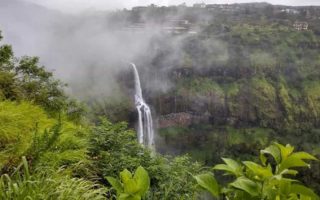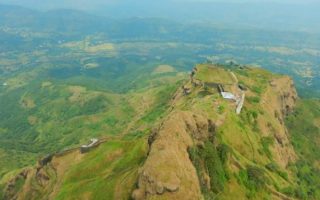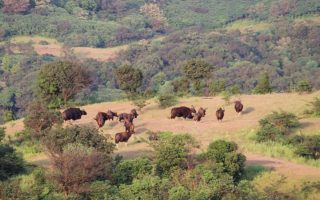- Location: Western India, Maharashtra
- Best Time to Visit: October to May
- Famous for: Seed processing industries, bidi industry, agro based industries
- Places to See: Ajanta and Ellora Caves, Aurangabad caves, Bibi ka Maqbara, Pan Chakki
The Tale of the City
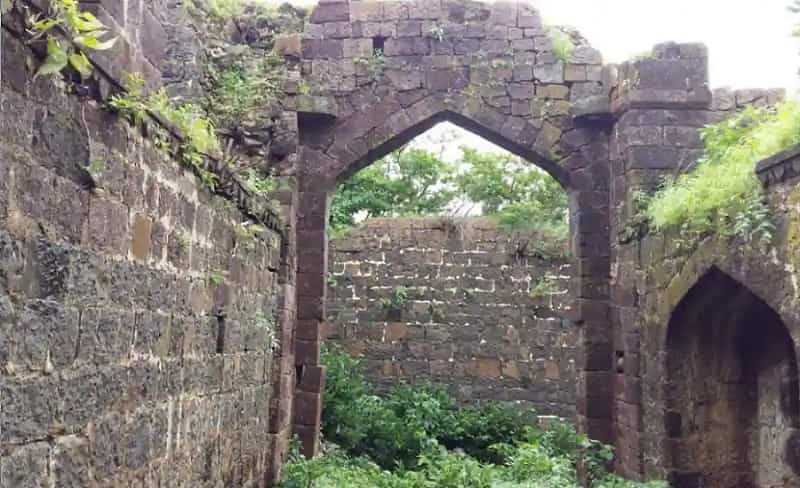
It is said that Jalna, the city of Lord Rama existed from the times of the Indian God Rama, the hero of the Indian epic “Ramayana”. It is believed that the Indian Goddess is supposed to have stayed here. The people in Jalna are aware about the place where Rama stood. Jalna is supposed to have got its name from the name “Julaha” or weaver. There was a Muslim merchant of that profession and he was a great benefactor of the place. In 1686, Aurangzeb added walls to protect against attacks from the Marathas. IN 1725, a fort was erected to protect the city. In 1803, the Battle of Assaye ensured that the Nizams had full possession of Jalna. At the same time, the Marathas occupied Jalna but went away when the British occupied the city.
Jalna is bounded by the Jalgaon and Buldhana in the north, by Parbhani in the east, Bid in the south and by Aurangabad in the west. Jalna is the headquarters of administration of this district.
Jalna – Down the Ages
Jalna, the handloom city was part of the districts of Aurangabad and Parbhani. Northern Jalna lies in between Southern Jalna and Satmala Hills is a low land. The Central part is known as the Jalna Hills. After being a part of the Nizam State and after the Marathwada Mukti Sangram, it became a part of India. In 1981, Jalna district was formed by taking the Jalna, Bhokardan, Jafrabad, Ambad tehsils from Aurangabad district. Down the ages has seen Jalna grow into a centre for hybrid seed industries, steel re rolling mills, and bidi industry. It is also the highest producer of sweet lime in the State of Maharashtra.
Jalna – Travel Kitty
The history of Jalna is nostalgic with its immense connection with the religion of India. Called as Janakpur in the times of the Indian epic Ramayana, this place till today has retained its charm and elegance and is the best example of a proof of a city standing tall to witness the history of yore. A person coming here would love to collect the items of handloom here, as it is centre of a lot of handloom industries. Besides this, the tourist would certainly consider the experience here as a main item of the travel kitty.
Places To Visit
The hill ranges of Jalna, a picture of beauty and elegance, are a beautiful sight between the Girija Valley and the Dudna Valley. With its exquisite constructions and beautiful greenery, the city offers the tourist the best of nature. The variety of the trees here and the complete landscape offered ensures that the place is a traveller’s paradise. One can see the following places here:
Temples
Ganesh Temple
The Ganesh temple at Rajur is 25km from Jalna city. Many devotees of Lord Ganesha come here to pray. There is a fair, which is held on the day of Angarika Chaturthi.
Matsyodari Devi Temple
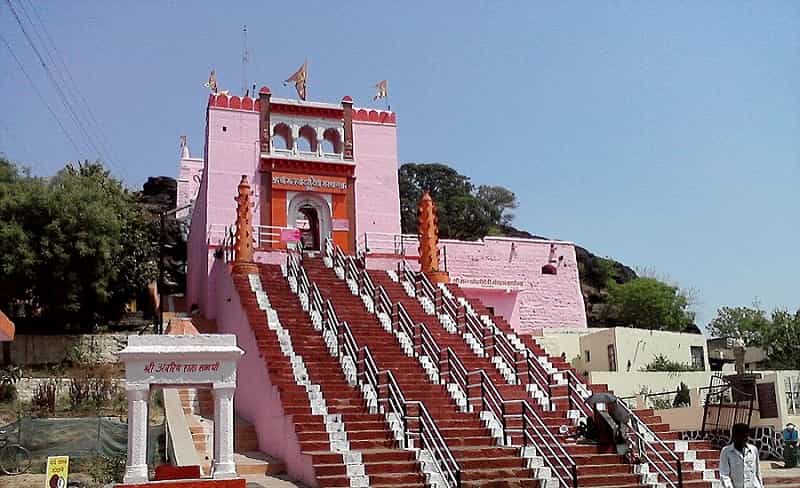
This temple at Ambad is 21km away from the Jalna city. It is known by this name because of the shape of a fish called matsya. This temple is one of the oldest temples in the Jalna district. An annual fair is held in the temple during the Navrathra festival.
Anandi Swami Temple
This 250 year old was built by Mahadji Shinde. He was a Maratha warrior. He built this on the place where Shri Sant Anand Swami had gone under “Samadhi” in Old Jalna. A fair take place here every year.
Mamma Devi Temple
This is the Temple of “Mamam” Devi and is at Mastgad. There are lot of daily kirtans, bhajans, and many other holy rituals, which happen every day. Many people come for darshan especially in the Navrathra festival time.
Shree Jagdamba Devi Temple
This is a 300-year-old temple, which is situated 2 km away from the Mantha city. There is a fair, which is held annually in this temple during the Navrathras.
Important places
Jamb Samarth
This is the place where Sant Ramdas was born. It is built in the memory of the great saint.
Jalicha Dev, Jaidevwadi
This is the most important place for the Mahanubhav Panth people. They believe that Shri. Chakradhar Swami resides here for some time.
Gardens
Moti Bagh
This is one of the most popular attractions of the city of Jalna. Its beautiful gardens and picturesque surroundings with the colorful flowers are a picture of beauty and joy. A tourist coming here finds this a paradise.
Mosque
Kali Masjid
This old mosque in old Jalna is known as Kali Masjid is where the entire Muslim community prays regularly. The Namaz for Eid is also arranged here. This 400-year-old mosque is built of black stone and has been built by the holy saint named Jamshed Khan.
Guru Ganesh Bhavan
This important holy place of the Jains is also known as the Karnataka Kesari. The trust running this place also looks after the development of the holy place. There is also a gaushala, which is the largest one in the entire Marathwada region.
Caves
Ajanta and Ellora Caves
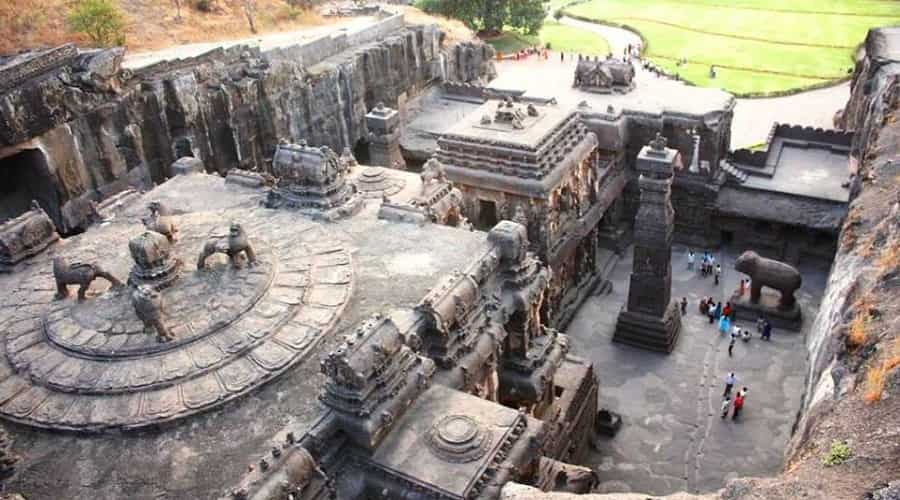
Maharashtra is famous for its magnificent Ajanta and Ellora caves. These caves are located to the northeast of the city of Aurangabad. Around 108kms from the city, they are found inside the hills of the Sahyadris and lie just on top of the River Waghora. They make up the stupendous form of Middle-Aged Art of India and have been recognized as the World Heritage site by the UNESCO.
Aurangabad Caves
Located outside Aurangabad, the cave city, the caves were found between the time of 2 AD and the 6 AD. These caves were magnificent carvings from a hill. This magnificent architectural work has amazing pieces of carvings. The caves, the ambience, the atmosphere and the glorious past make this place mind blowing and phenomenal. There are 12 caves out of which the major portion is the Viharas. The Caves 3 and caves 7 are magnificent ones. The caves 1 to 5 are in the Western group and the caves 6 to 10 are in the eastern group. The iconography and the architecture in the caves show many Tantric influences.
Watermill
Pan Chakki
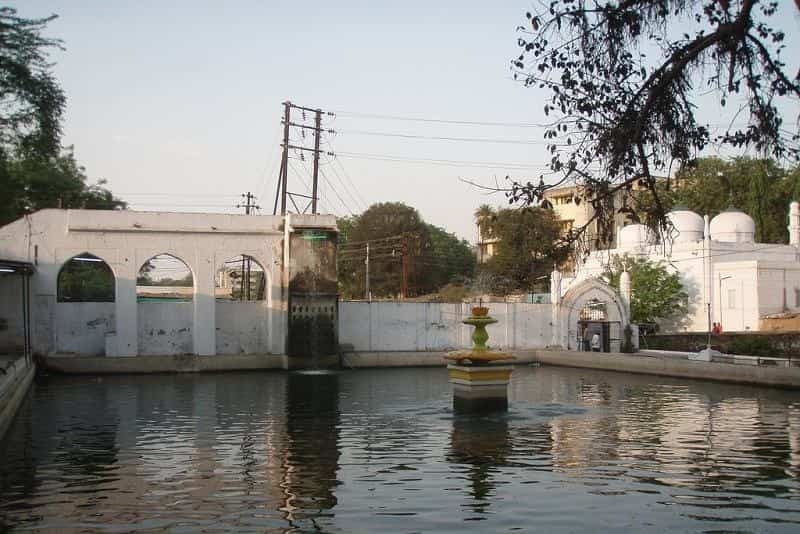
This unusual watermill is known as “Pan Chakki”. It was constructed in 1695 by Malik Ambar Water came from a spring and had its origin from a hill, which was far away. This was utilized for running the flourmill and grinding the grain for the pilgrims. This Dargah of Baba Shah Muzaffar is located on the bank of the River Kham near Begampura Bridge. It has a mosque, a modest tomb and lot of gardens.
Monuments
Bibi-Ka-Maqbara
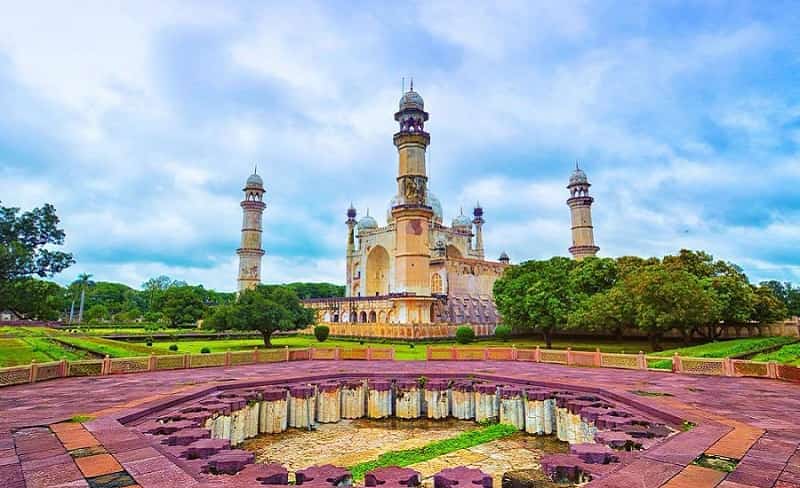
Located around 5 km from the city of Aurangabad this city was constructed in 1678 by Prince Azam Shah, the son of Aurangzeb. This monument was built for his mother who was Begum Rabia Durrani. This magnificent piece of construction is famous as the “Taj of South India.” This is supposed to be built as a replica of the Taj Mahal. Yet it is not as magical as The Taj Mahal. However, the structural elegance and the phenomenal ambience lend beauty to the traveler’s eye and the tourist goes back with many memories of this stupendous structural beauty.
Entertainment Factor
With its immense historical background and past glory, Jalna, the earlier Janakpur, has a lot to offer to the tourists. The greenery, the caves, the monuments, lends beauty to the surroundings, and adds to the grandeur of the place. There are many fairs and festivals in Jalna, such as Ganpati Puja, Shivratri, Holi, Dussehra, Diwali, that are celebrated by the local people. There are also Muslim festivals like, Eid-Ul-Fitr, Idud-Zoha etc that are celebrated. There are two important fairs “Durga Mata Fair” and “Panchmukhi Mahadev” that are held at Jalan every year.
As we leave the city, we feel “History cannot be made in one day. Jalna is not a single day wonder.”
